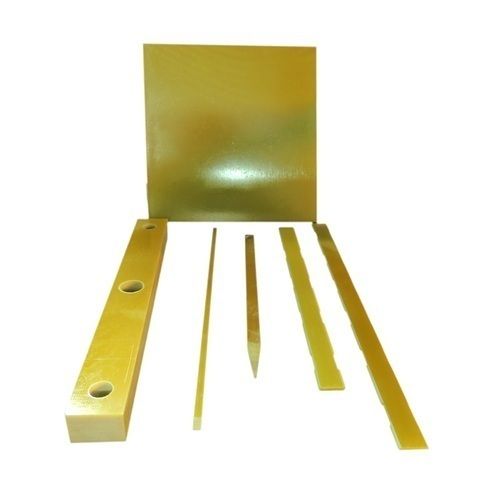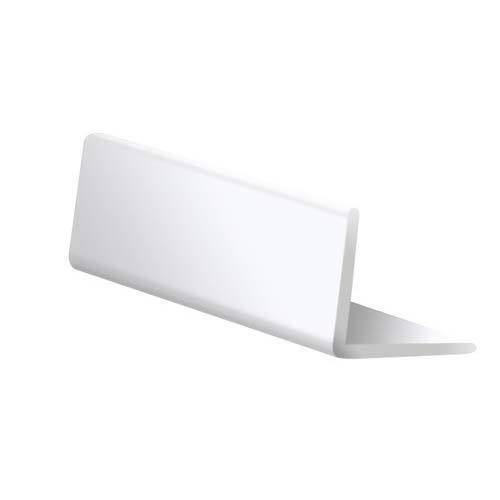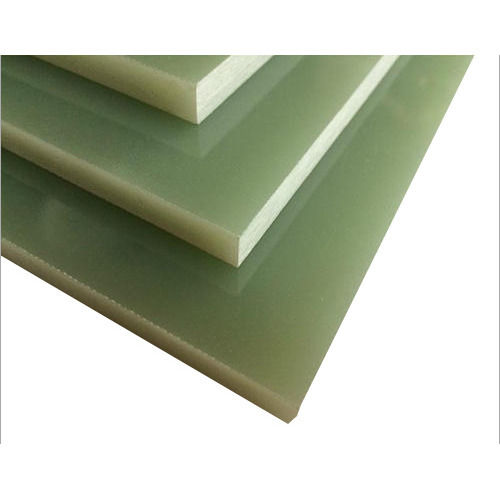
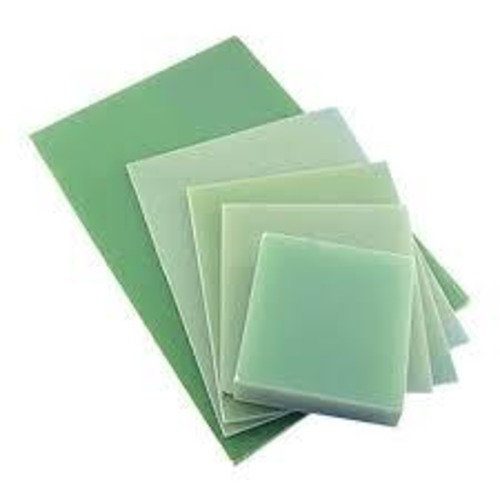
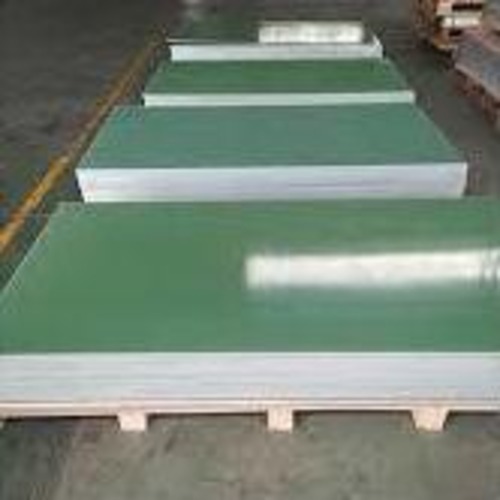
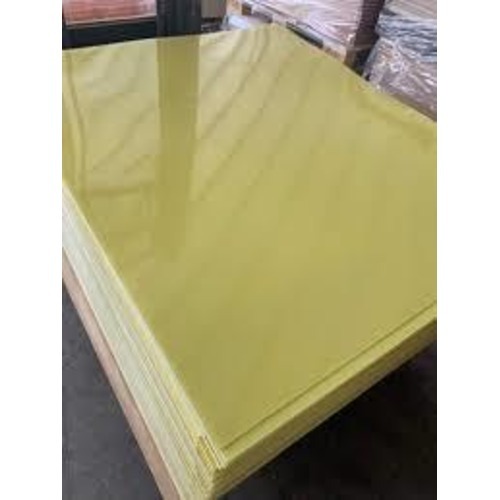
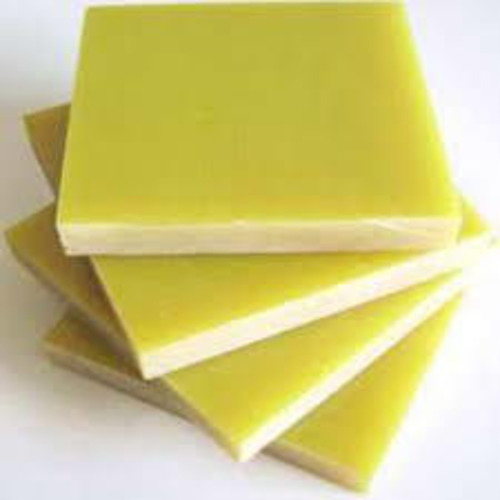
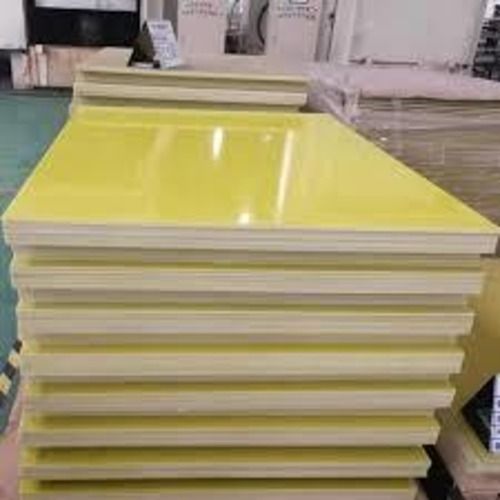
Glass Epoxy Sheet G10 / G11
295 INR/Kilograms
Product Details:
- Product Type Glass Epoxy Sheet
- Color Green, Yellow
- Material Glass Epoxy
- Click to view more
X
Glass Epoxy Sheet G10 / G11 Price and Quantity
- 295 INR/Kilograms
- 50 Kilograms
- 270.00 - 450.00 INR/Kilograms
Glass Epoxy Sheet G10 / G11 Specification
- Glass Epoxy Sheet
- Glass Epoxy
- Green, Yellow
Glass Epoxy Sheet G10 / G11 Trade Information
- Mumbai / Bhiwandi
- Paypal Cash Advance (CA) Telegraphic Transfer (T/T) Cash in Advance (CID) Cheque
- 10000 Kilograms Per Month
- 1 Days
- Yes
- Free samples are available
- Waterproof wrapping in wooden pallets.
- Australia North America South America Eastern Europe Western Europe Middle East Central America Asia Africa
- All India
- CE & RoHS
Product Description
High-performance thermosetting laminate materials known as grade G10 and grade G11, respectively, are Glass Epoxy Sheets. Due to their superior mechanical and electrical insulation qualities, they are extensively used in a variety of industries, including electronics, aerospace, and electrical applications.
Epoxy Fiberglass Sheet Specifications:
1. Length And Width Tolerance: +-25 mm
2. Available Thickness: 0.15 mm - 100 mm
3. Insulation Class: H & F
4. Size: 610 mm X 1020 mm, 1020 mm X 1020 mm, 1030 mm X 1230 mm
5. Color available: Light Green, Natural
6. Thickness Variation: Upto 5 mm +- 0.10 mm, Above 5 mm +- 0.50 m
Characteristics of Glass Epoxy Sheet G10 / G11:
1. Composition of the Material: Woven glass fabric impregnated with epoxy resin makes up G10 and G11. The composition of the glass fabrics in the two classes is what distinguishes them most from one another. While G11 makes use of a high-temperature glass fabric, G10 uses a regular glass fabric.
2. Insulation against electricity: G10 and G11 both have excellent electrical insulating qualities. They are suitable for use in applications where electrical isolation and dependability are essential due to their high dielectric strength.
3. Resistance to Temperature: G10 can withstand high temperatures well, usually up to 130 - 150 deg C (26 - 302 deg F). G11, on the other hand, can often endure temperatures of 180 - 200 Deg Centigrade. Due to the differential in temperature resistance, G11 is better suited for applications requiring greater heat resistance.
4. Strength mechanical: Both grades show good dimensional stability and mechanical strength. With minimal distortion or breaking, they can tolerate mechanical stress, vibration, and physical impact.
5. Resistance to Chemicals: G10 and G11 are suited for use in locations where exposure to corrosive substances may occur since they are resistant to various chemicals, including acids and solvents.
6. Flame-retardant: They are made with self-extinguishing capabilities and are flame retardant by design. As a result, they inhibit combustion and won't aid in the spread of fire, improving safety in a variety of applications.
7. Reduced Water Absorption: Due to their minimal water absorption, both grades can withstand prolonged exposure to moisture without losing their mechanical or electrical performance.
8. Flexibility: G10 and G11 are adaptable materials that have a variety of uses, including as electrical insulators, structural elements, bushings, gaskets, and other parts in the aerospace and maritime industries.
9. Manufacturability: Using common equipment and methods, they are easily machined, cut, drilled, and shaped, enabling exact customization to satisfy particular design needs.
10. Environmental Points to Consider: Due to the epoxy resin component, G10 and G11 are not naturally eco-friendly, but correct handling and disposal are crucial to reducing their negative effects on the environment. Recycling and proper garbage disposal are crucial factors to take into account.
FAQs:
1. What are G10 and G11 Glass Epoxy Sheets?
Ans: High-performance thermosetting laminate materials called Glass Epoxy Sheets G10 and G11 are created by impregnating woven glass fabric with epoxy resin. They are recognised for their remarkable mechanical and electrical insulating qualities.
2. What is the main distinction between the G10 and the G11?
Ans: Their glass fabric composition is the main distinction. While G11 makes use of a high-temperature glass fabric, G10 uses a regular glass fabric. G11 is better suited for applications requiring stronger temperature resistance as a result of this distinction.
3. Where are G10 and G11 most frequently utilised?
Ans: Numerous industries, including electronics, aircraft, and electrical engineering, use G10 and G11. They are utilised for a variety of products where electrical insulation and mechanical strength are crucial, including electrical insulators, structural elements, circuit boards, bushings, and gaskets.
4. What ranges of temperatures are G10 and G11 resistant to?
Ans: G11 can endure greater temperatures, often up to 180-200 deg centigrade, while G10 normally has a temperature resistance of up to 130-150 deg C (266-302 deg F). Depending on the precise temperature requirements of particular applications, engineers decide between the two categories.
5. What is the fabrication or machining process for G10 and G11?
Ans: Using common tools and methods like CNC machining, milling, and laser cutting, G10 and G11 can be easily machined, cut, drilled, and moulded. This adaptability enables exact customization to satisfy the special design demands of various applications.
Tell us about your requirement

Price:
Quantity
Select Unit
- 50
- 100
- 200
- 250
- 500
- 1000+
Additional detail
Mobile number
Email

 English
English Spanish
Spanish French
French German
German Italian
Italian Chinese (Simplified)
Chinese (Simplified) Japanese
Japanese Korean
Korean Arabic
Arabic Portuguese
Portuguese





